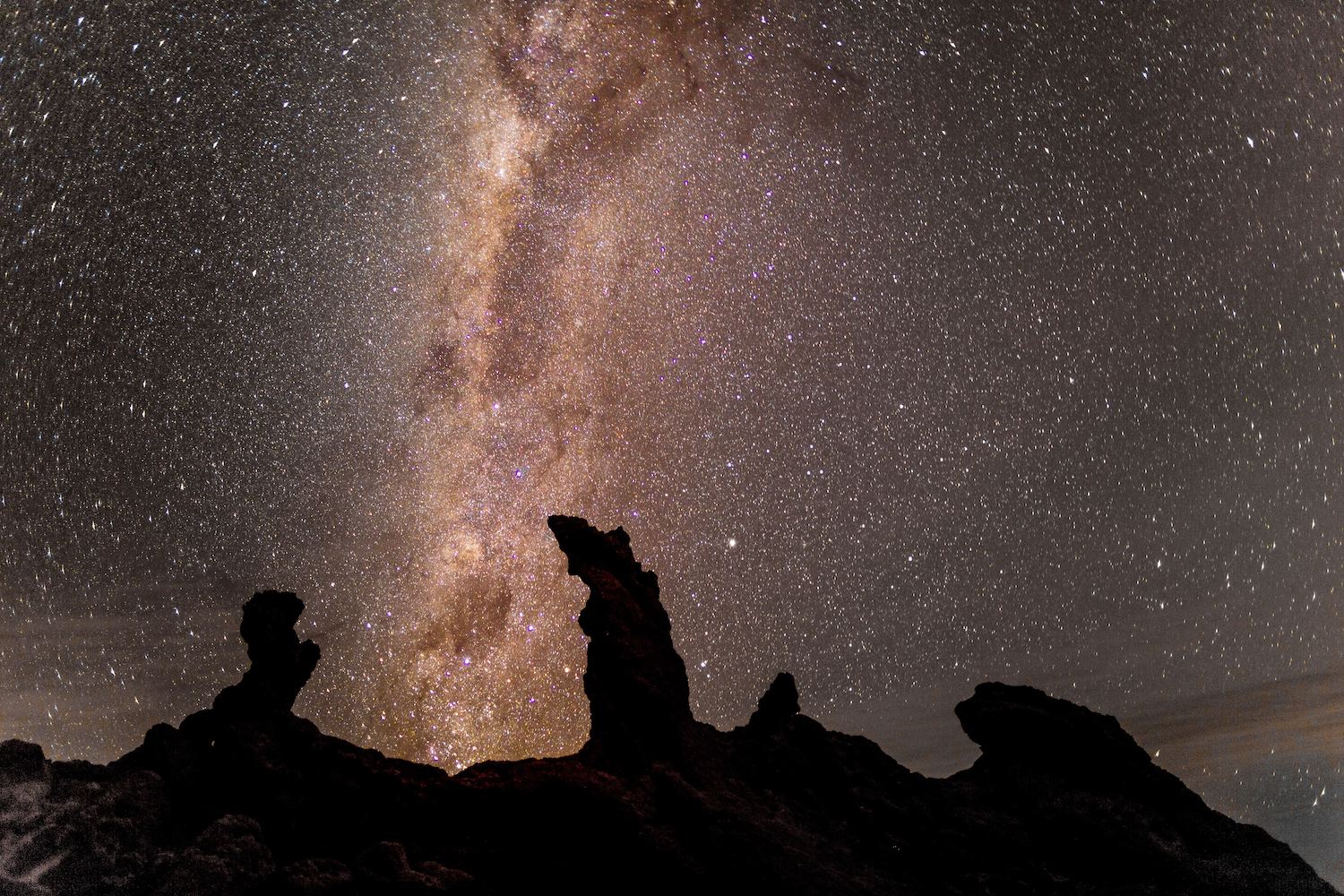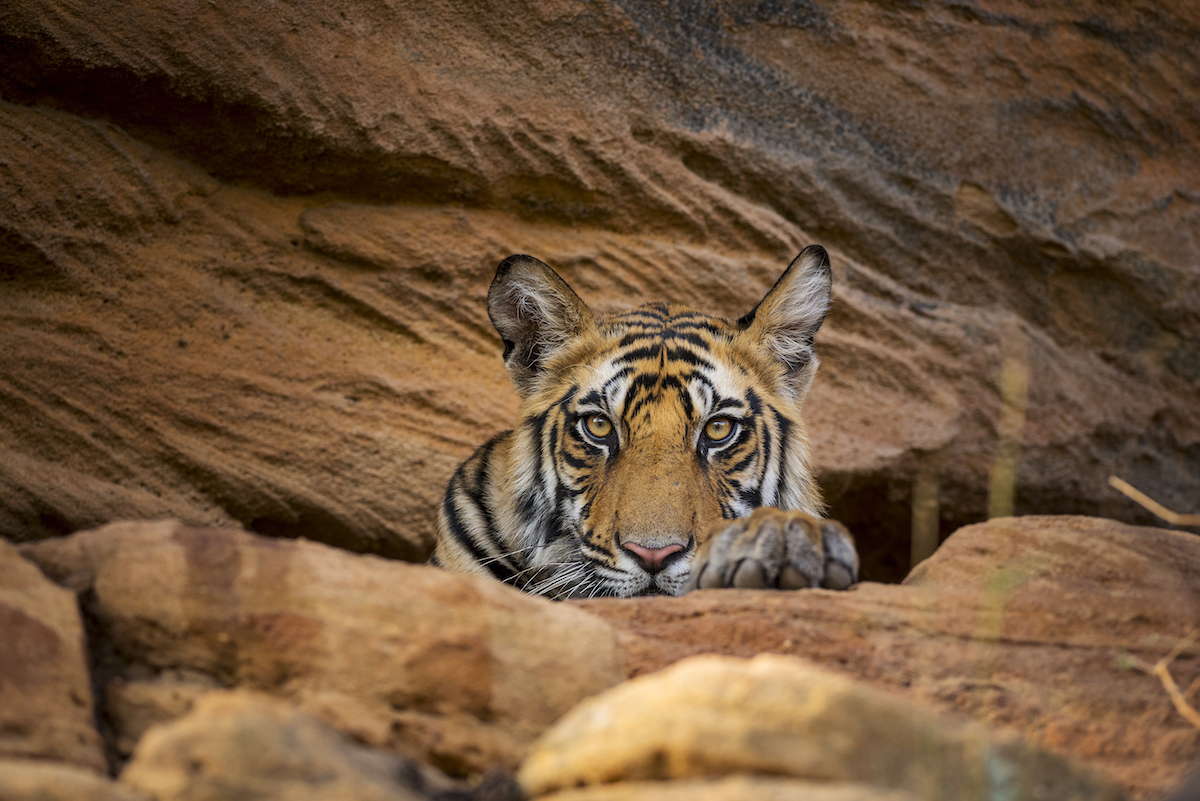Politics is inescapable these days, it seems. Take something as seemingly benevolent and benign — and beautiful to behold — as Our Planet, the new, eye-filling nature series from Netflix, narrated by the ubiquitous Sir David Attenborough.
At the time of Netflix’s original announcement, Our Planet was to be similar and yet different to such distinctive, ground-breaking natural history programs as Planet Earth and Blue Planet. And, as the great unwashed are about to learn Friday, it has largely succeeded. There are moments of real, eye-filling majesty and genuine grandeur, backed by the swelling symphonic score of film composer Steven Price. Overbearing, yes, but it fits this kind of program. It’s easy to forget now but when the original Planet Earth came out, the loud, overblown music was by George Fenton, fresh off an Academy Award for Gandhi and its follow-up Cry Freedom, both films directed by Attenborough’s brother, the late Sir Richard “Dickie” Attenborough.
The familiar visual paean to nature and the natural world that made Planet Earth and Blue Planet must-see viewing in countless households around the world is there for all to see in Our Planet, and on a Netflix budget to boot.
This time, though, there’s a noticeable difference, and not just the subtle shift in tone. Our Planet, eight episodes in all, is more eco-aware and socially conscious. It strikes a cautionary tone — a warning. Not alarm, exactly, but still. Our Planet is no longer nature programming that focuses on nature-for-nature’s-sake, to the exclusion of any environmental message beyond a polite, almost apologetic request that we be more careful with the Earth’s dwindling natural resources. Please remember to turn off the lights on your way out, and try not to wreck the climate during your drive home.
There’s a sadness, a feeling of regret tinged with genuine fear of an uncertain future as we’re reminded, time and time again, that polar bears and elephants might not be with us much longer.
And not just polar bears and elephants, either, but bees, hummingbirds, ocean-going reef sharks and everything in-between.
Our Planet opens with a close-up view from space — reminders of 2001: A Space Odyssey — of the moon, with the Earth rising gradually behind it. Since Neil Armstrong made his first step for man and giant leap for mankind, on July 20, 1969, Attenborough tells us, the human population has doubled, while wildlife numbers have dwindled some 60 percent during the same time.
Our Planet isn’t strident. It doesn’t harangue us with a lecture from the bully pulpit, though there are certainly those eco-crusaders out there who would prefer to shake every last one of us — not without reason — into waking up.
Attenborough has not left BBC for Netflix, as some in the media suggested at the time. (Looking at it from both sides of the media divide, these things are easy to misreport, especially given today’s frantic get-it-first-before-you-get-it-right climate of competition in information.)
Attenborough may be 92 (he turns 93 next month) but he’s committed to several more big projects for BBC, including Frozen Planet II, Blue Planet III and Planet Earth III.
Similarly, he has left the door open at Netflix. He was signed after-the-fact to narrate Our Planet as a one-off, to give the expensive — even by Netflix standards — program instant gravitas and global credibility. As has been pointed out elsewhere, the current TV landscape is such that Netflix can reach more viewers in a single week than BBC can over the course of an entire year.
That instant access to the global village is one reason Attenborough needed no convincing to exchange Broadcasting House in London for Netflix in Los Gatos, Calif.
In his later years, he has readily admitted to anyone who’ll listen that his raison d’être in later life is to convince anyone and everyone he can that our home world is in trouble and needs our help.
Netflix’s reach doesn’t exactly exceed its grasp, either: Our Planet could conceivably reach one billion people, something not even BBC can do.
Attenborough is the face and voice behind Our Planet, but not its primary inspiration and directing force. That would be veteran British producer Alastair Fothergill, who made Blue Planet and Planet Earth for BBC and has recently divided his time between BBC, Disney’s Disneynature film division (African Cats, Chimpanzee and the soon-to-be released Penguins, in theatres April 17) and now Netflix.
Fothergill, a Fellow of the British Royal Television Society and recipient of the Royal Geographical Society’s Cherry Keaton Medal, has been at the vanguard of socially conscious, environmentally aware nature filmmaking that seeks to be both entertaining and informative. Unlike Blue Planet, which touched only briefly on plastic’s effect on the world’s oceans, Our Planet’s entire focus is on the man-made threat to the natural world.
Early reviews in the UK — in the Daily Telegraph and Independent, for example — have grumbled that, beautiful as Our Planet is to watch, the overall effect is scattered and unfocused as a result. Fothergill would argue that, unlike Dynasties with its Shakespearean tales of kings and matriarchs facing rebellion and revenge from within, Our Planet is unified by a single, overpowering message: that everything is connected, that what affects the ice fields in Canada’s frozen north also affects the semi-arid deserts in Africa’s sun-parched south, not just Arctic bears and savannah elephants myriad microorganisms, smaller animals and pollinating insects that lie between.
“From every region of the world there are stories that reveal nature’s resilience and show how restoration is possible,” Attenborough says in his voice-over — a reminder once again how, over time, his soothing, reverential tones have a calming effect on this crazy world we live in.
There’s something joyful — and joyous — in the way Attenborough reads out loud. It’s one of the reasons, I suspect, why Blue Planet and Planet Earth have reached such a wide audience. He’s a born storyteller. It’s not hard to imagine that programs like Blue Planet and now Our Planet wouldn’t reach nearly as many people without Attenborough as their verbal guide and shepherd.
Our Planet is important because, while it doesn’t harangue and harass us at home the way a TED Talk might, it focuses on the most important threat to humanity — arguably the most important threat of our generation — in ways that both move and inspire.
Attenborough is the star but the last word, by rights, belongs to Fothergill.
“When Huw (Cordrey) and I both made Planet Earth, that series was about amazing scenery,” Fothergill recalled a number of years back at a Television Critics Association press session in Pasadena, Calif. for the then new BBC nature program The Hunt. “It was about taking the audience on a journey around the planet that they could never do in their lifetime.”
What he’s tried to do with Our Planet is combine that epic cinematic poetry with a potent, topical message about climate change, species diversity and the perilous balance of nature, and why all those things matter to our collective future on planet Earth, and to the planet itself.
Only time will tell if Our Planet — and we ourselves — succeed.
















































